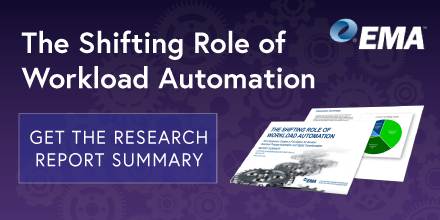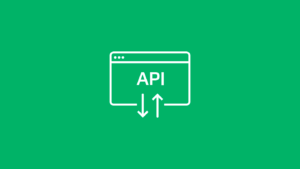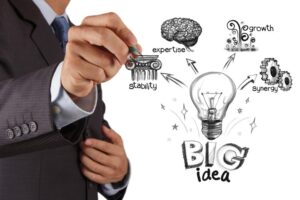Gartner Reveals Top 10 Strategic Technology Trends for 2015
The key takeaways for CIOs from Gartner ITxpo 2014 and David Cearley's session on the Top 10 Strategic Technology Trends for 2015, including IoT and cloud.

[Read our latest version of Gartner automation predictions for 2020.]
A little over a week ago, I had the pleasure of attending this year’s GartnerITxpo in Orlando, Florida. In addition to talking with CIOs and other technology executives during expo hours, I had the opportunity to attend several sessions on a wide-range of topics as well as mastermind keynotes with Satya Nadella, Steve Wozniak, and Peter Thiel. As promised in our last blog post, we want to share some of the key takeaways from ITxpo.
One of the most interesting sessions that I believe readers will find useful to their IT strategy over the next few years was Vice President and Fellow David W. Cearley’s session, “Top 10 Strategic Tech Trends for 2015”. Cearley opened the session by stating that the increasing digitalization of business creates a high potential for disruption to businesses, end users, and IT.
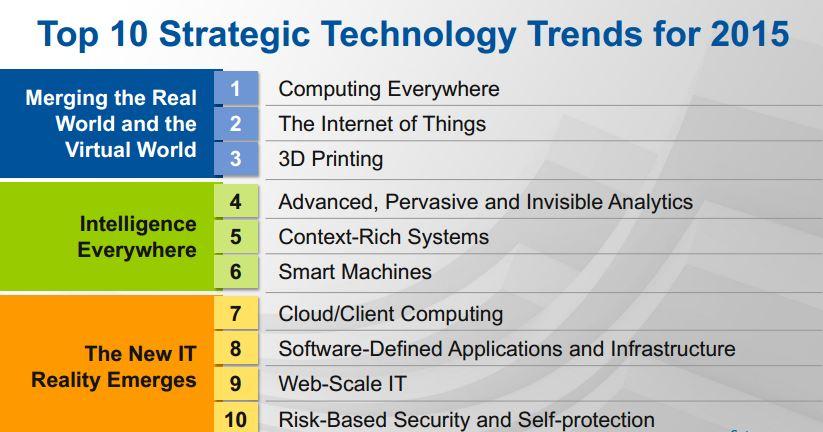
1. Computing Everywhere
With the explosion of mobile devices and the emergence of wearables and smart screens, Gartner predicts a shift away from mobile devices towards the user experience. Cearley warned the key challenge for developers and IT will be in managing the different platforms and different architectures that will arise from this.
Not surprisingly, it looks like Microsoft is already focusing its efforts on making its products support the user experience and adapt to accompanying platform challenges. During his keynote speech, Microsoft CEO Satya Nadella stated: “When I look at our technology, I think, what is the uniqueness we can deliver? Microsoft will be the best when it comes to delivering the productivity experience…The other sensibility we have is platforms…We want us to lead in getting these platforms right, consistently for the user, in the control plane for IT and for the developer.”
2. The Internet of Things (IoT)
Data provided by the IoT will usher in a new era of developing innovative business models to “Manage, Monetize, Operate, and Extend”. IT leaders will have to ask themselves how they can more efficiently manage their operations, what new payment methods can be used to monetize the IoT, how they can use the IoT to embed technologies for remote operation of assets, and how they can extend existing products with the IoT.
Cearley encouraged attendees to experiment now with the IoT. He mentioned the example of French tennis racket maker, Babolat, who is embedding digital technologies to create a sensor-laden connected racket. The sensors pick up on data such as where the ball hits the strings, how much power goes into a shot, and how much spin the player puts on the ball.
On the other hand, technology guru and keynote speaker Peter Thiel expressed skepticism in regards to emerging trends like the IoT. During his keynote discussion, Thiel stated that IoT is “too poorly differentiated and people are not thinking about it clearly… what is underestimated are companies that don’t fit into some overarching narrative.”
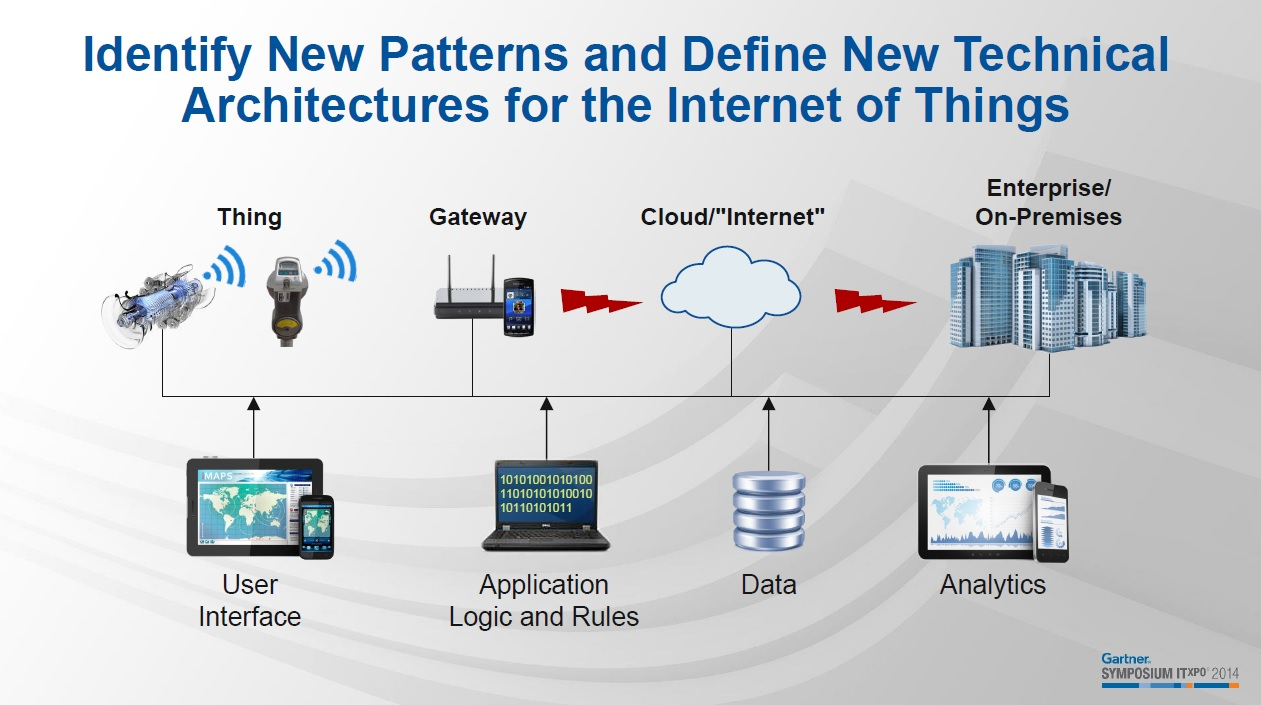
3. 3D Printing
“Embrace the maker culture”. Gartner forecasts enterprise 3D printing can potentially have very high value for enterprises. According to Gartner research, worldwide shipments of 3D printers are forecasted to grow 98 percent in 2015. As the market for low-cost 3D printing devices grows, Cearley advocates asking the right questions about 3D printing, such as how it can foster innovation and cost savings in your enterprise.
4. Advanced, Pervasive, and Invisible Analytics
Data will be deeply, yet invisibly embedded everywhere– from wearables and social media to information from the IoT. As new and different data becomes more easily available, IT executives will have to think about managing and transforming that data to suit their businesses’ needs. Organizations must focus on building a data reservoir, not a data lake because as Cearley said: Big data is not important… its big answers that are important.
5. Context-Rich Systems
Personal assistants like Siri and Cortana as well as other applications will act as intermediaries to bridge the gap between contextual information and the user experience platform. Businesses will be challenged with creating a dynamic user experience based on an expanding set of contexts to pull data from.
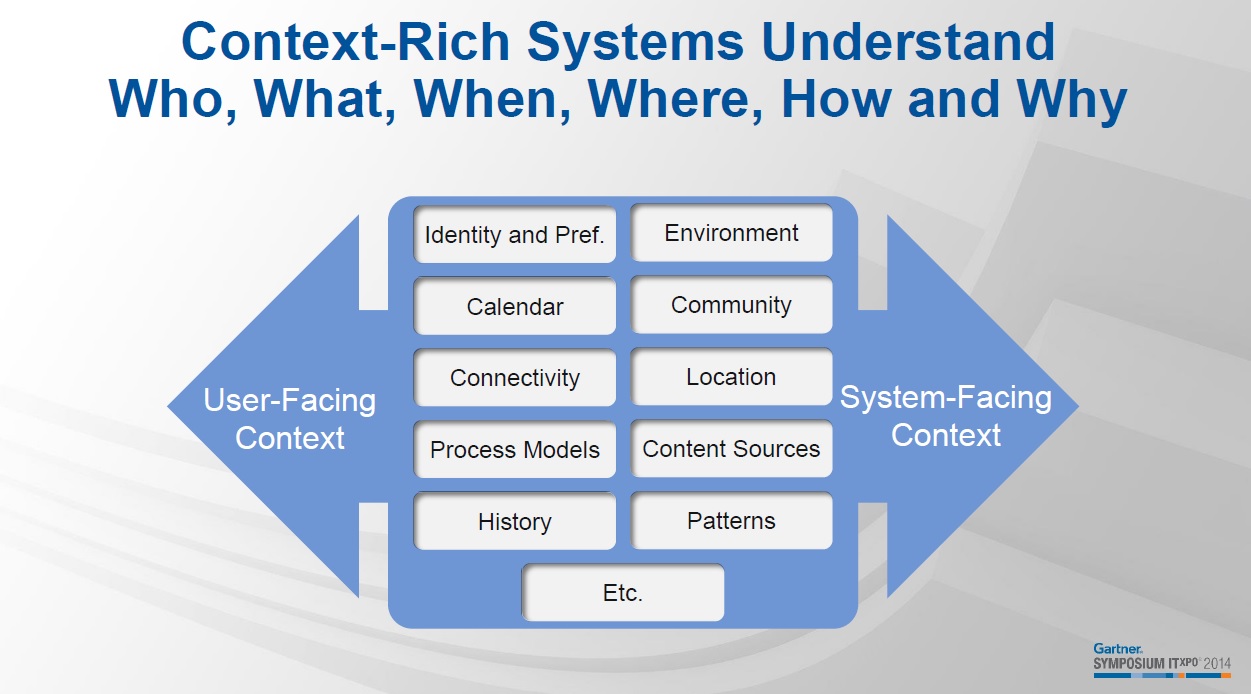
6. Smart Machines
The “new age of machine helpers” is here and its growing. From self-driving cars to virtual customer assistants and advanced robots with learning abilities, smart machines will continue to evolve and be used in the commercial space. As smart machines begin to learn for themselves and act autonomously, Gartner predicts the smart machine era will be the most disruptive in the history of IT.
7. Cloud/Client Computing
The new IT emerges with cloud as its coordination point. Over the next few years, managing content and application states across several disparate devices will be key. Cearley advised that IT must focus on fusing together its cloud and mobile strategies with applications designed specifically for the cloud.
8. Software-Defined Applications and Infrastructure
Cearley foresees software-defined technologies stepping in to provide organizations with the flexibility they need to succeed in the digitalized world. Agile programming of the applications and infrastructure that support these technologies will be essential in creating a dynamic model that can support the evolution of digitalized businesses.
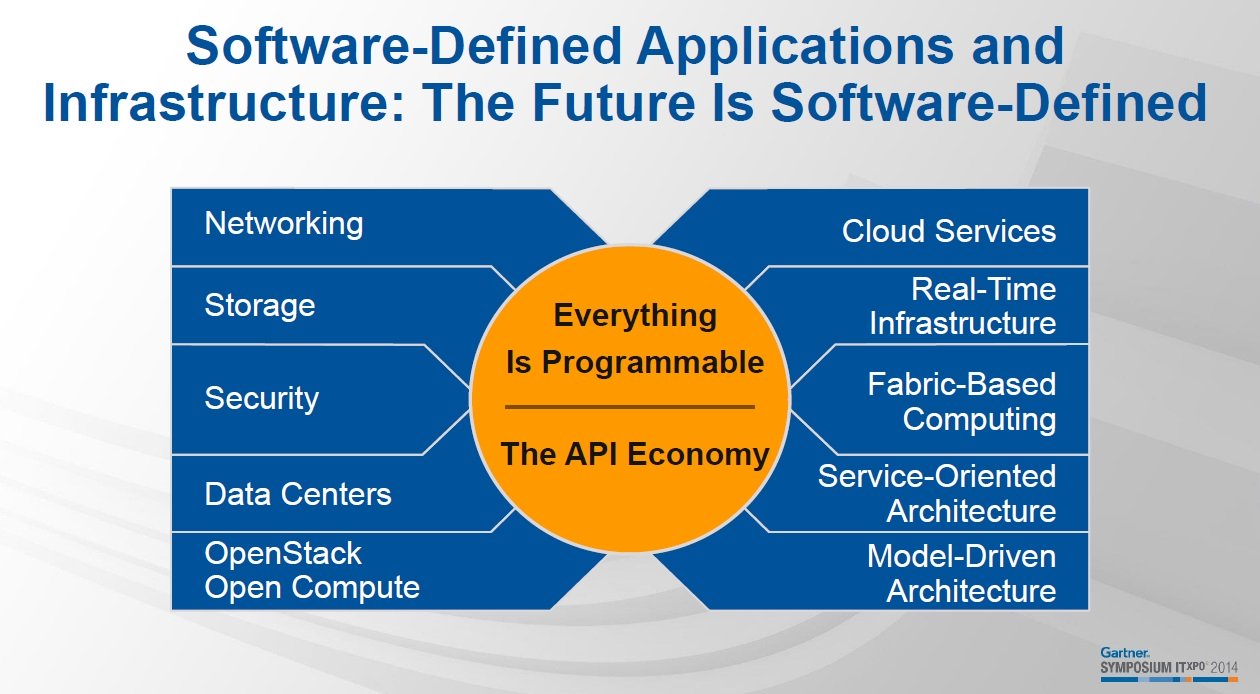
9. Web-Scale IT
Web-scale IT will be the foundation for the digital future. Web-scale IT is global-class computing that delivers the capabilities of big cloud service providers within the business IT setting. Emerging technologies and movements involve new ways of thinking and coding, as well as learning web architecture. The first step towards web-scale IT for many organizations will be DevOps.
10. Risk-Based Security and Self-Protection
With mass data breaches from top companies such as JPMorgan Chase and Home Depot, security is a hot button issue today and will be well into the future as enterprises deal with hybrid cloud environments and increasing amounts of data from the IoT. Cearley avowed, “All roads to the digital future lead through security”. Organizations must open the black box of applications and look beyond the perimeter and towards application self-protection as a key step in application security.
What do you think will be the most disruptive technology trend to your organization in the coming years? How do you plan to adapt your IT organization to the future of digitalized business? How does IT Automation fit in to your broader strategy for the year?
